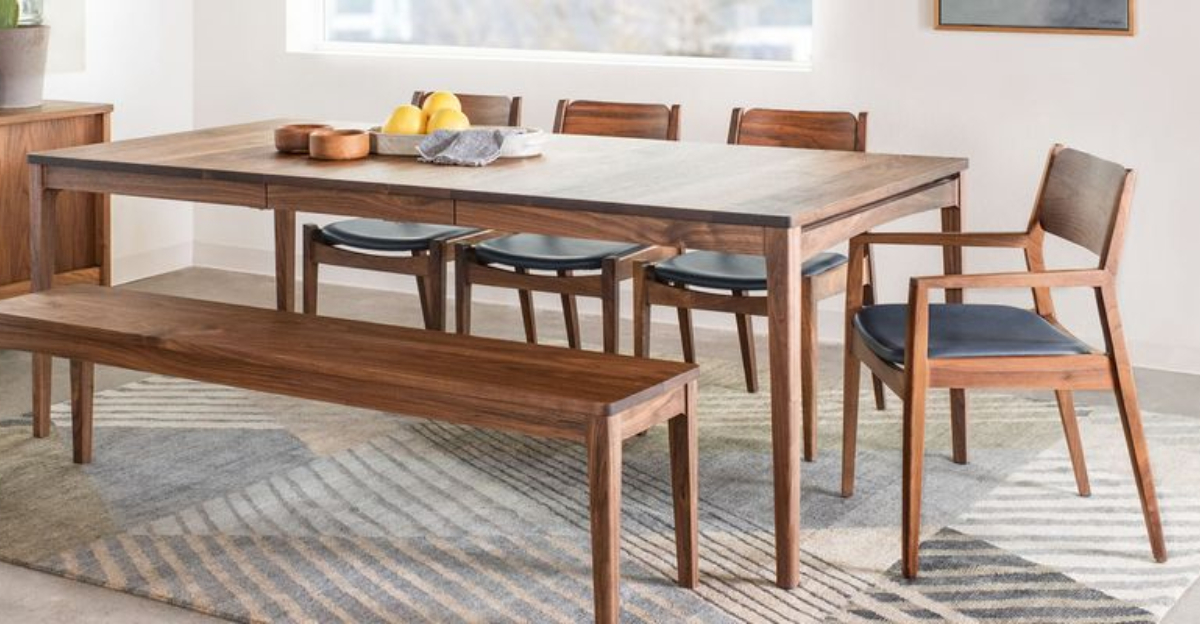Ever wonder why some living rooms ooze luxury while others feel like an afterthought? It’s rarely about the price tag—it’s the overlooked details that make all the difference.
Even budget finds can look like designer picks with the right touch. From fabric flops to layout letdowns, here’s what’s secretly dragging your living room down—and what to do instead for a space that feels effortlessly elevated.
1. Tailored upholstery with crisp seams
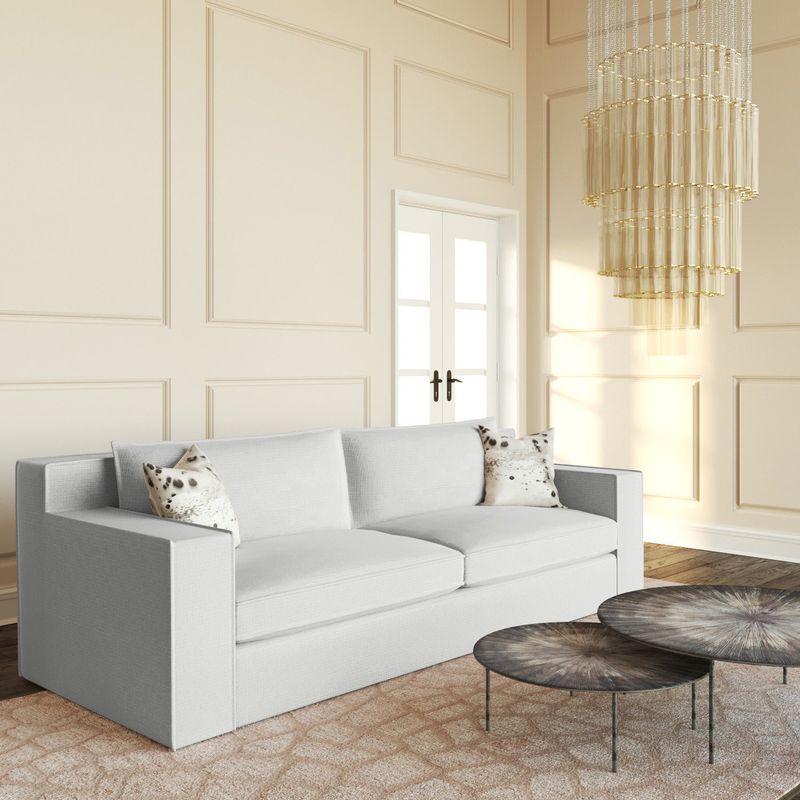
Precision speaks volumes in upholstery work. When fabrics are pulled tight and seams run perfectly straight, furniture instantly communicates quality craftsmanship.
Just like a well-tailored suit elevates any outfit, meticulously finished seams transform ordinary pieces into statement investments. Look for double stitching and perfectly aligned patterns at joining points.
2. Solid wood legs and frames
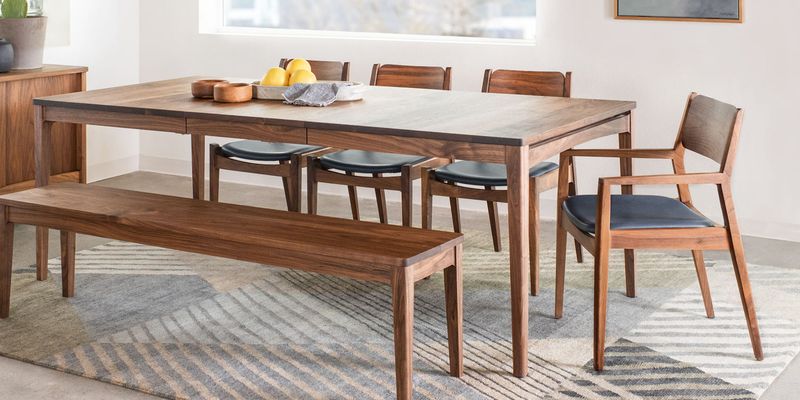
Knock on the frame and listen for that satisfying, solid sound. Quality furniture built with hardwoods like oak, maple or walnut creates an instant impression of substance and longevity.
Weight matters too—hefty pieces signal quality construction that will last generations. Exposed wooden elements should feature smooth, even finishes with visible grain patterns.
3. Neutral color palettes with depth
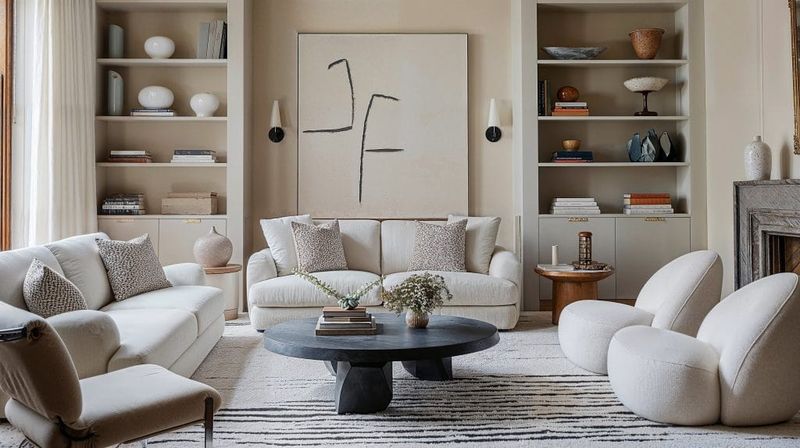
Sophisticated spaces rely on nuanced neutrals rather than flat, one-dimensional colors. Think creamy oatmeals, rich charcoals, and complex greiges that shift subtly as light changes throughout the day.
Monochromatic doesn’t mean boring! Varying shades within the same color family creates visual interest while maintaining that curated, expensive look top designers favor.
4. Brass or matte black hardware
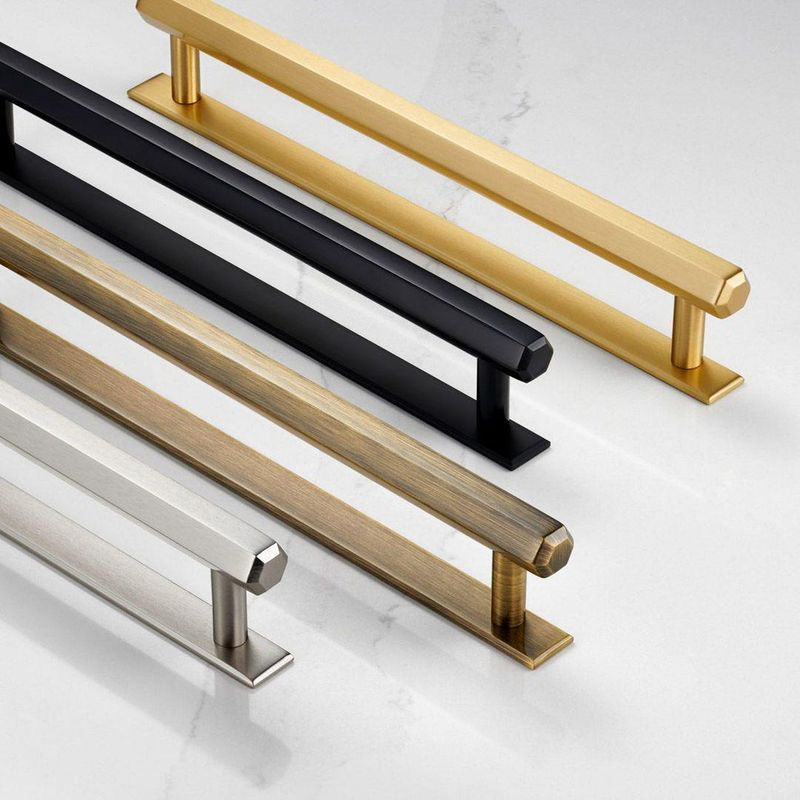
Gleaming unlacquered brass that develops a beautiful patina over time signals investment pieces with staying power. Similarly, powder-coated matte black hardware offers contemporary sophistication that plastic simply cannot match.
Quality hardware should feel substantial in your hand. Cabinet pulls, casters, and decorative nails become jewelry for furniture when thoughtfully selected and properly installed.
5. Layered textiles like linen and velvet
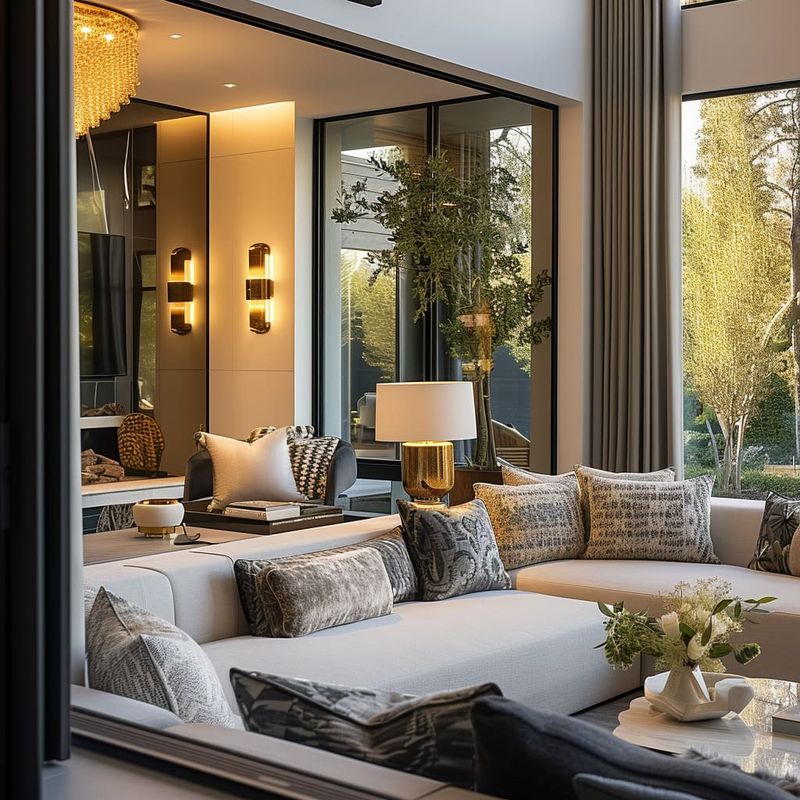
Mixing premium fabrics creates instant dimension and visual interest. Natural materials like linen, cotton, wool, and silk communicate luxury through their authentic textures and the way they catch light.
Velvet adds unmistakable richness through its depth and luminosity. When combined thoughtfully, these textiles create a sensory experience that synthetic blends simply cannot replicate, regardless of price point.
6. Custom or vintage accent pieces

One-of-a-kind elements instantly elevate a room’s perceived value. Whether it’s a reupholstered vintage armchair or a custom-made ottoman, unique pieces suggest thoughtful curation rather than one-stop shopping.
Age and patina communicate history and permanence. Even mixing in a single statement vintage piece among newer furniture creates an impression of collected sophistication that mass-produced rooms lack.
7. Symmetrical furniture arrangements
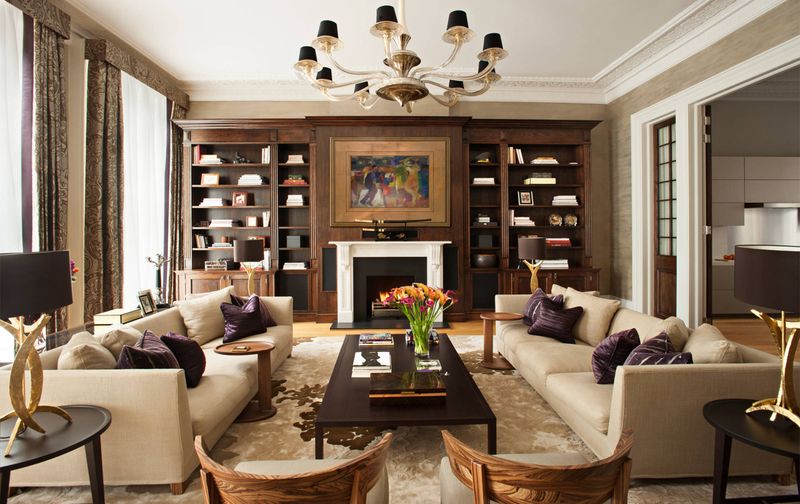
Balance creates visual harmony that reads as intentional and designed. Matching pairs—whether twin table lamps, identical end tables, or mirrored seating arrangements—signal planning and investment rather than random accumulation.
Formal symmetry has been associated with luxury since the grand palaces of Europe. Even in casual spaces, thoughtful balance creates a sense of order that elevates the perceived value of everything in the room.
8. Statement lighting that complements furniture
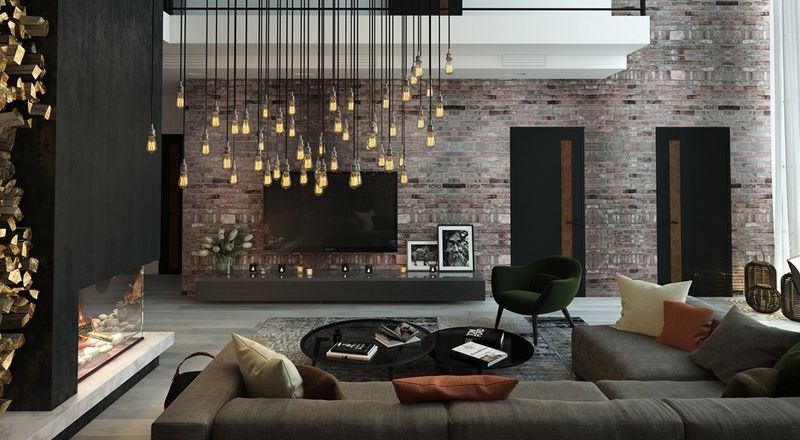
Lighting acts as jewelry for your living space. Well-proportioned floor lamps, substantial table lamps with proper shades, and considered ceiling fixtures demonstrate attention to detail and design intention.
Scale matters tremendously—undersized lighting cheapens even quality furniture. Look for substantial bases, quality materials like brass or ceramic, and shades with proper proportions to enhance your furniture’s best features.
9. Plush, high-density cushions
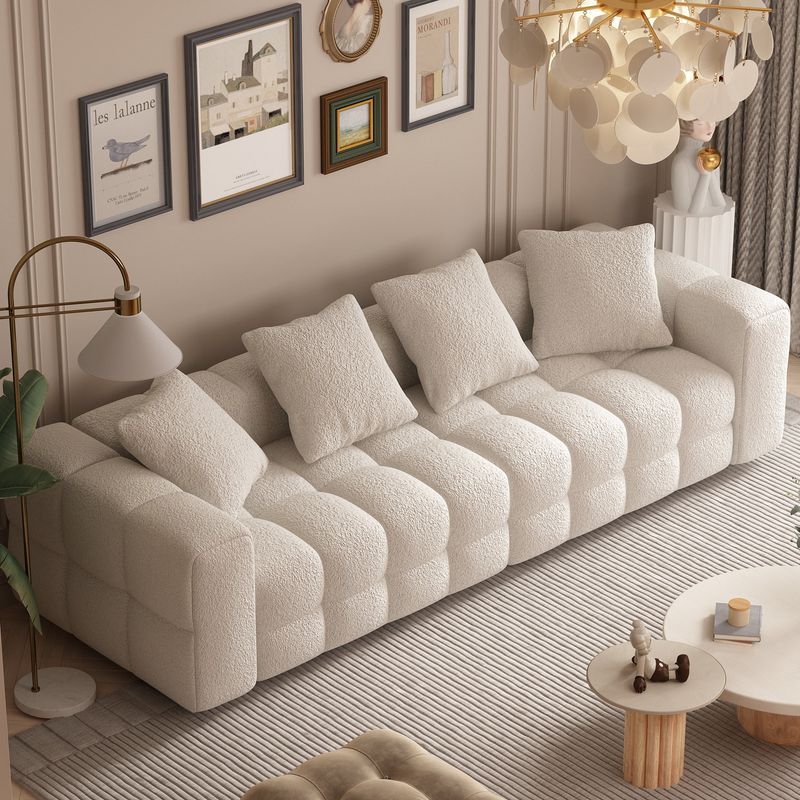
Sink into luxury with cushions that maintain their shape. Quality seating should offer the perfect balance of support and comfort without looking deflated after minimal use.
Down-wrapped foam cores represent the gold standard in upholstery. Even from across the room, you can spot the difference between furniture filled with quality materials versus those stuffed with low-density foam that quickly flattens and loses its shape.
10. Clean, minimalist silhouettes
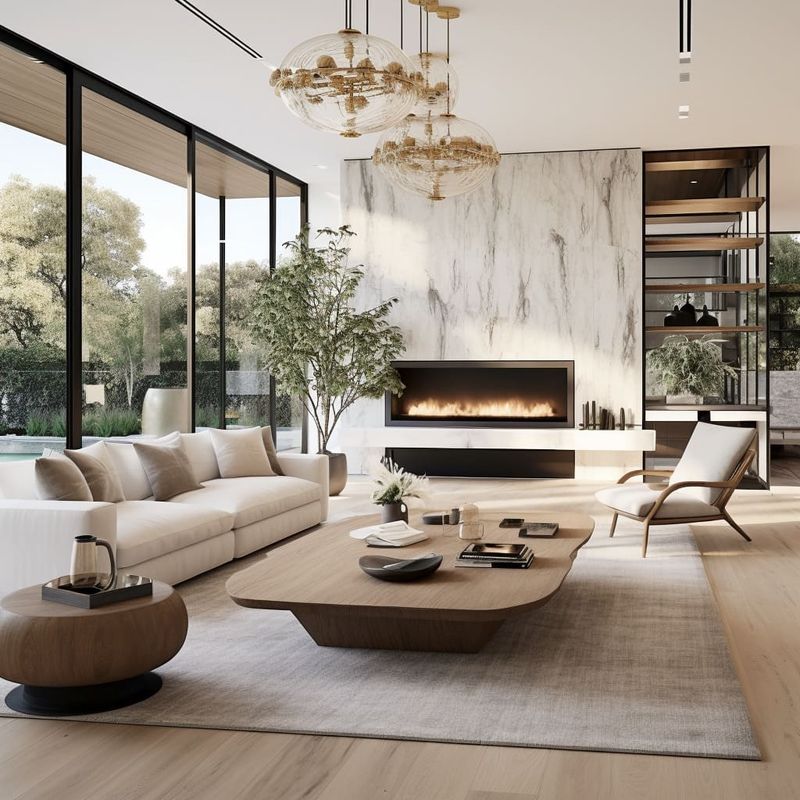
Restraint often signals refinement in furniture design. Clean lines without unnecessary embellishments create timeless pieces that won’t quickly date your space or appear trendy.
Minimalist doesn’t mean uncomfortable or stark! Rather, it suggests confidence in design and materials without needing fussy details to distract. Quality materials and impeccable proportions speak for themselves without excess ornamentation.
11. Visible staples and poor construction
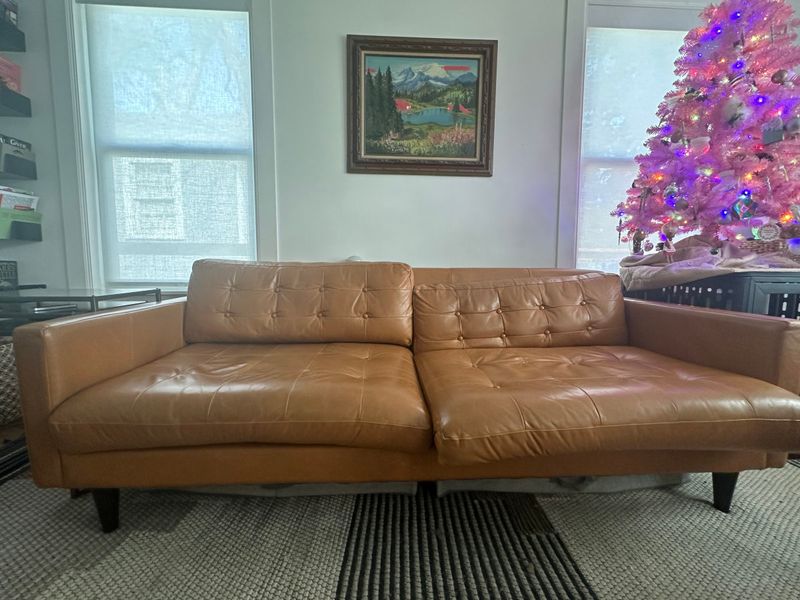
Nothing screams “bargain bin” faster than exposed fasteners. When staples peek out along seams or corners, they immediately betray corner-cutting manufacturing processes.
Flip any piece over to check the underside. Quality furniture maintains the same level of finish even on hidden areas. Uneven stitching, visible glue, and rough edges are telltale signs of furniture that won’t stand the test of time.
12. Plastic legs or fake wood finishes
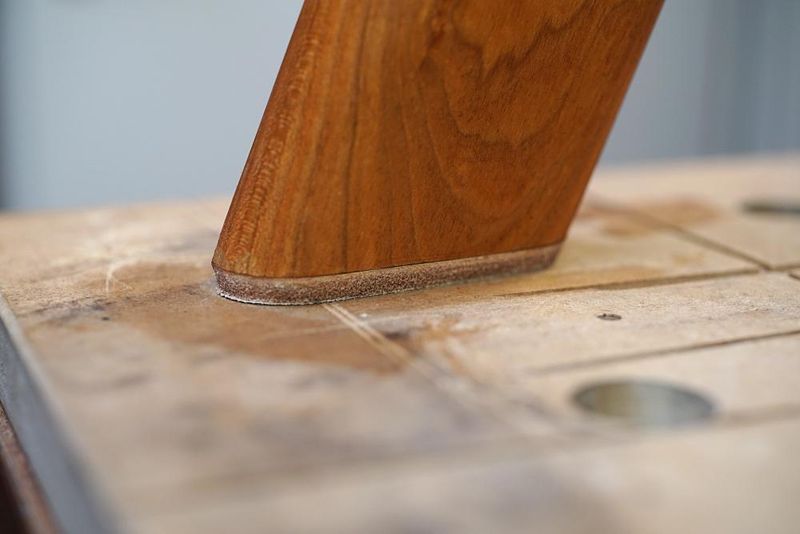
Instantly spot budget furniture by knocking on those “wooden” elements. Hollow sounds reveal the truth behind printed wood-look veneers and plastic components masquerading as natural materials.
Particularly telling are furniture feet and legs. Plastic alternatives might save manufacturers money, but they broadcast “cheap” from the moment they enter your living room. Watch for telltale seam lines and uniformity that real wood never has.
13. Shiny, ultra-glossy fabrics

Blindingly reflective upholstery fabrics catch the eye for all the wrong reasons. That unmistakable sheen comes from high polyester content that not only looks inexpensive but feels uncomfortable against the skin.
Quality textiles have depth and subtle luster rather than mirror-like reflection. Watch especially for that distinctive artificial shine under direct light—it’s the quickest way to downgrade your living room’s overall impression.
14. Sagging cushions or misshapen arms
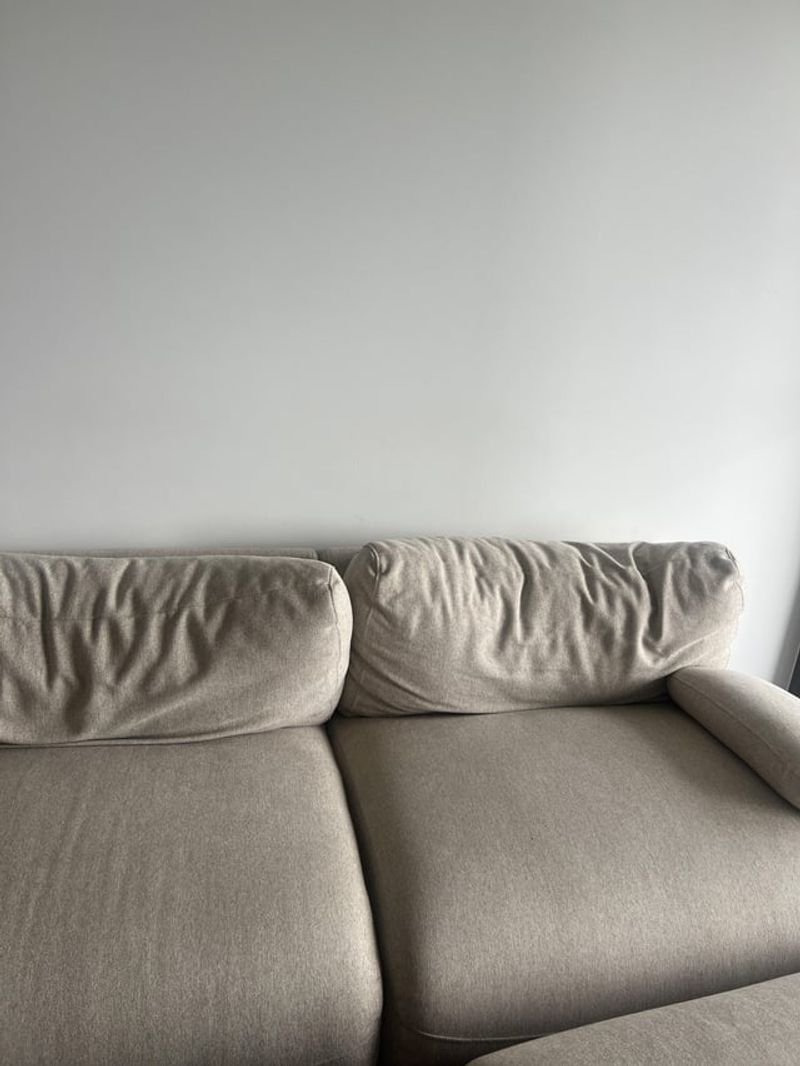
Gravity reveals the truth about furniture quality faster than anything else. When cushions pancake after minimal use or armrests lose their defined shape, it signals inferior internal construction that won’t stand the test of time.
Properly constructed furniture maintains its lines for years. Look carefully at display models in stores—if they’re already showing wear, imagine how quickly they’ll deteriorate in your home with daily use.
15. Overly matchy-matchy furniture sets
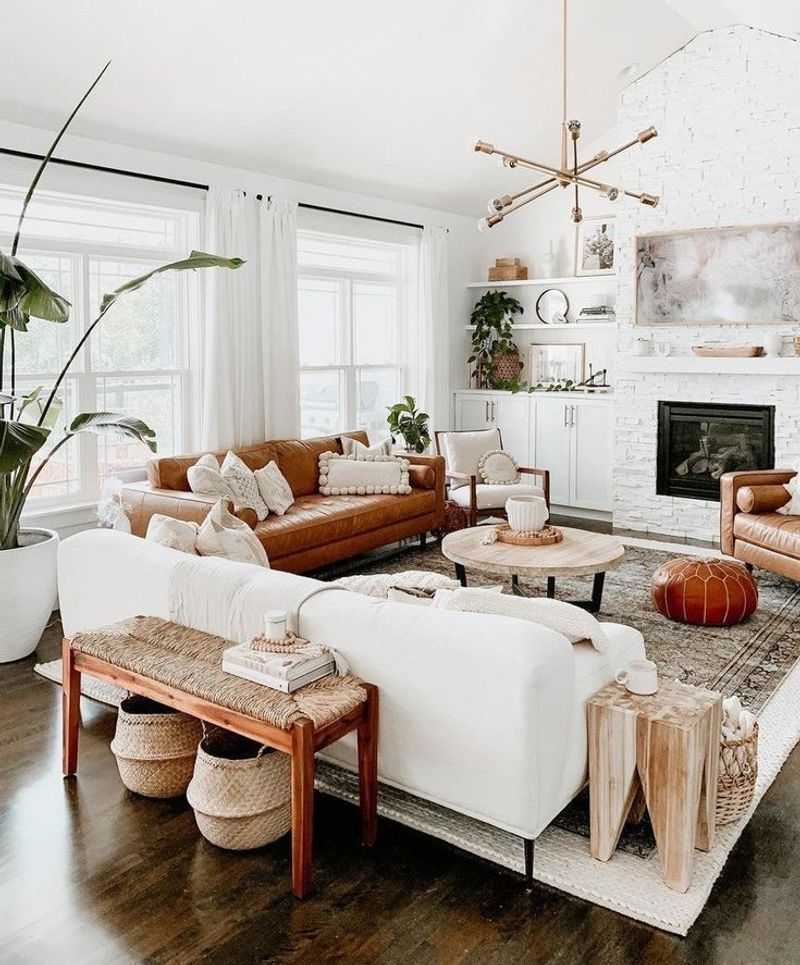
Walking into a living room where every piece perfectly matches creates an instant impression of a single shopping trip rather than thoughtful curation. Complete matching sets signal furniture showroom convenience over personal style.
Sophisticated spaces mix complementary pieces that coordinate without being identical twins. Even budget-friendly rooms look more expensive when furniture appears collected over time rather than purchased as a one-click package deal.

